AO Edited
Biddenden Maids
Eliza and Mary Chulkhurst were the first famous conjoined twins in England, but it's not clear when they were born.
Are the Chulkhurt sisters the first famous English conjoined twins, or a myth surrounding biscuits and cakes? According to legend, Eliza and Mary Chulkhurst were conjoined twins born in 1100 in Biddenden, a small village in the Weald of Kent. While some images show them joined at both the hip and the shoulder, experts now think this was unlikely. They were far more likely to have been pyopagus twins—that is, joined at the hips or buttocks. Eliza and Mary are rumored to have engaged in “frequent quarrels, which sometimes terminated in blows,” but were overall thought to be the best of friends.
When they passed away in 1134, they bequeathed 20 acres of land to the local village. Twenty guineas (equivalent to approximately £2,300 today) earned annually from working the land was put toward feeding the poor. To this day, an annual gift of bread and cheese is distributed to anyone who registers at the Old Workhouse on the village’s main road, and the land is still called the Cheeselands. Biddenden Cakes, which featured depictions of the Chulkhurst sisters, were a common treat during the celebration, which takes place on Easter Sunday and Monday.
But there might be a lot more to the story—or a lot less. You see, some historians don’t believe that the women existed at all. Those who do believe that Eliza and Mary were real don’t always agree when they lived. Still others say that they were not conjoined twins at all, simply two poor widows whose side-by-side image was suitable for the hard Biddenden cakes already popular in the village.
If Eliza and Mary Chulkhurst did exist, it seems likely that they actually lived in the 16th century. The numbers one and five look similar in the Old English writing style, which could explain the confusion. An Elizabethan timeline could also explain why they are often depicted wearing ruffs.
Their popularity took off in the 18th and 19th century, when circus sideshows began touring around the country. Human and animal conjoined twins were often the highlight of any show and commonly faked. Most of the mythos surrounding the Chulkhurst sisters comes from an 1808 broadsheet sold outside the church on Easter, and the earliest biscuit molds date to around 1790.
But no matter when (or if) they lived, there is no denying that Eliza and Mary Chulkhurt are a beloved part of local lore and a symbol of sisterly love. According to one story when Mary passed before her sister, a local surgeon wanted to separate them to potentially save Eliza’s life. She refused, reportedly saying, “as we came together, we will also go together.”
In a corner of the Biddenden Church, you can find a stone marked with a diagonal line said to be the twins’ final resting place. The church is also thought to have once been home to a stained glass window depicting the sisters, as evidenced in this early 19th-century poem:The moon on the east side oriel shone,Through slender shafts of shapely stone,The silver light, so pale and faint,Shewed the twin sisters and many a saint,Whose images on the glass were dyed;Mysterious maidens side by side.The moonbeam kissed the holy pane;And threw on the pavement a mystic stain.Whether they were real people or a quirky local legend (or something in between), the Biddenden Maids are a beloved part of Kentish culture.
Know Before You Go
You'll find the iconic village sign (dating to 1922) on the Village Green, and plenty of other signs throughout the village. Visit on Easter Monday to see locals collecting their bread, cheese, and Biddenden cakes.


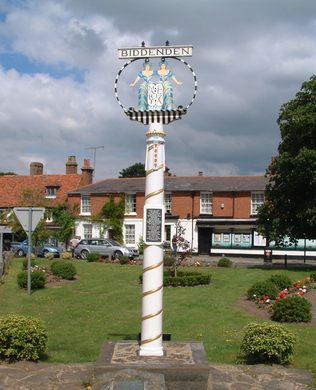
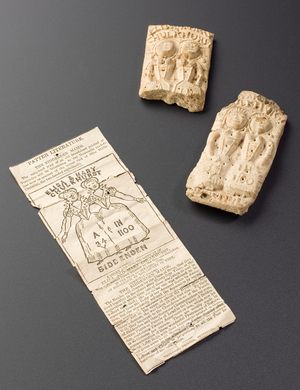
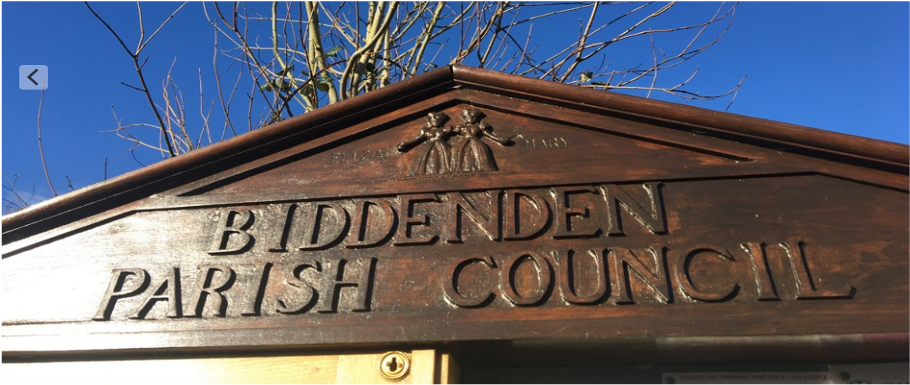
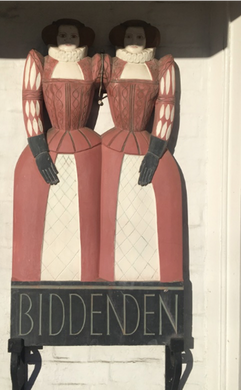
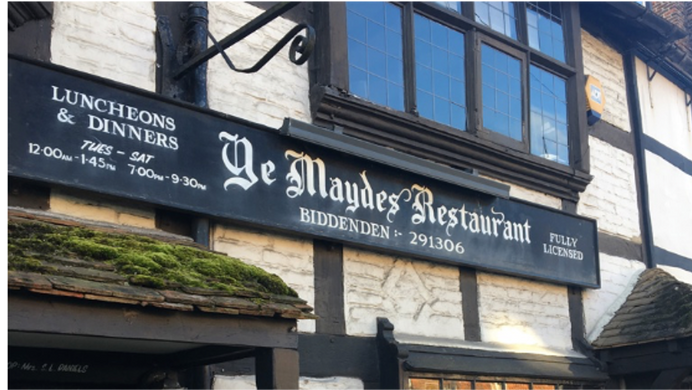
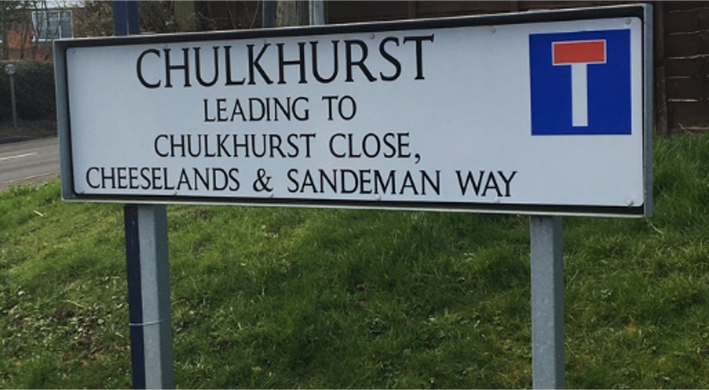




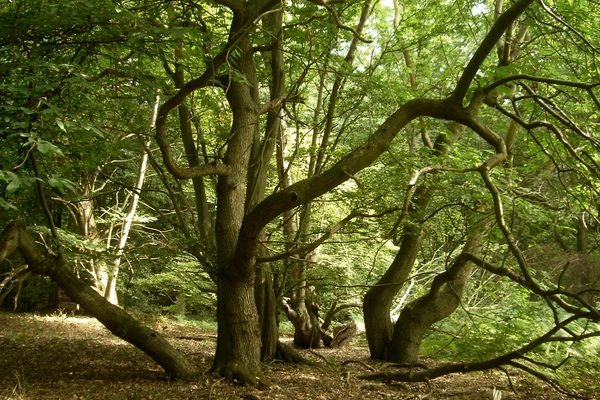
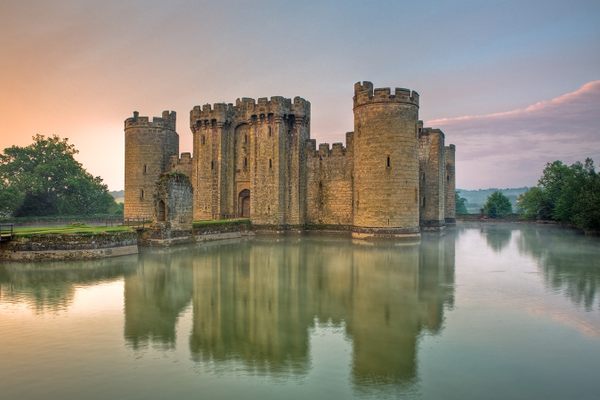







Follow us on Twitter to get the latest on the world's hidden wonders.
Like us on Facebook to get the latest on the world's hidden wonders.
Follow us on Twitter Like us on Facebook